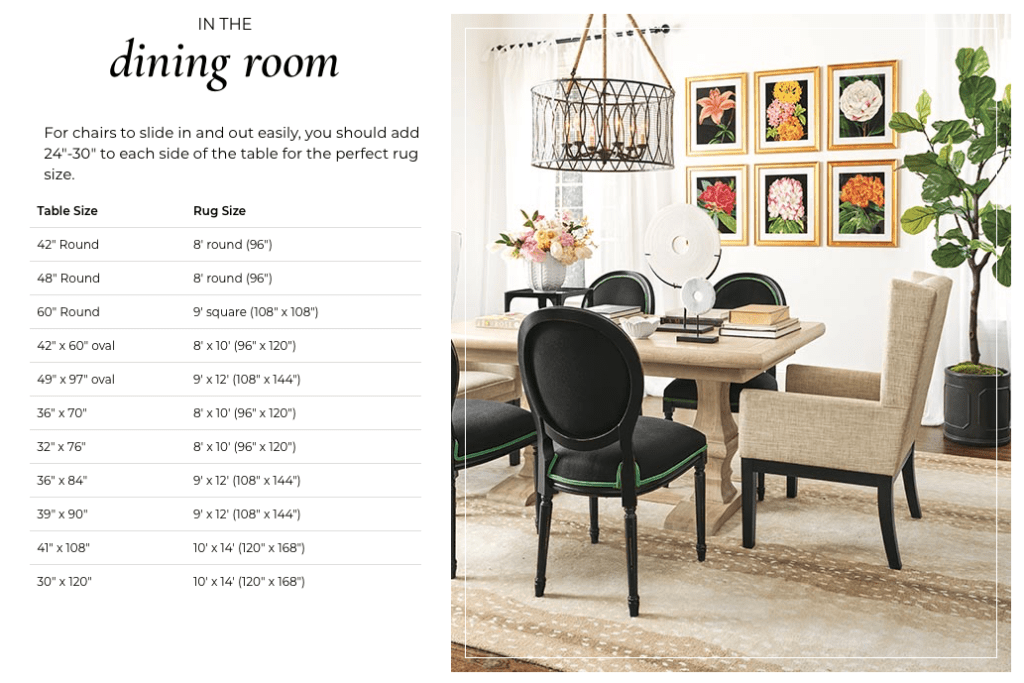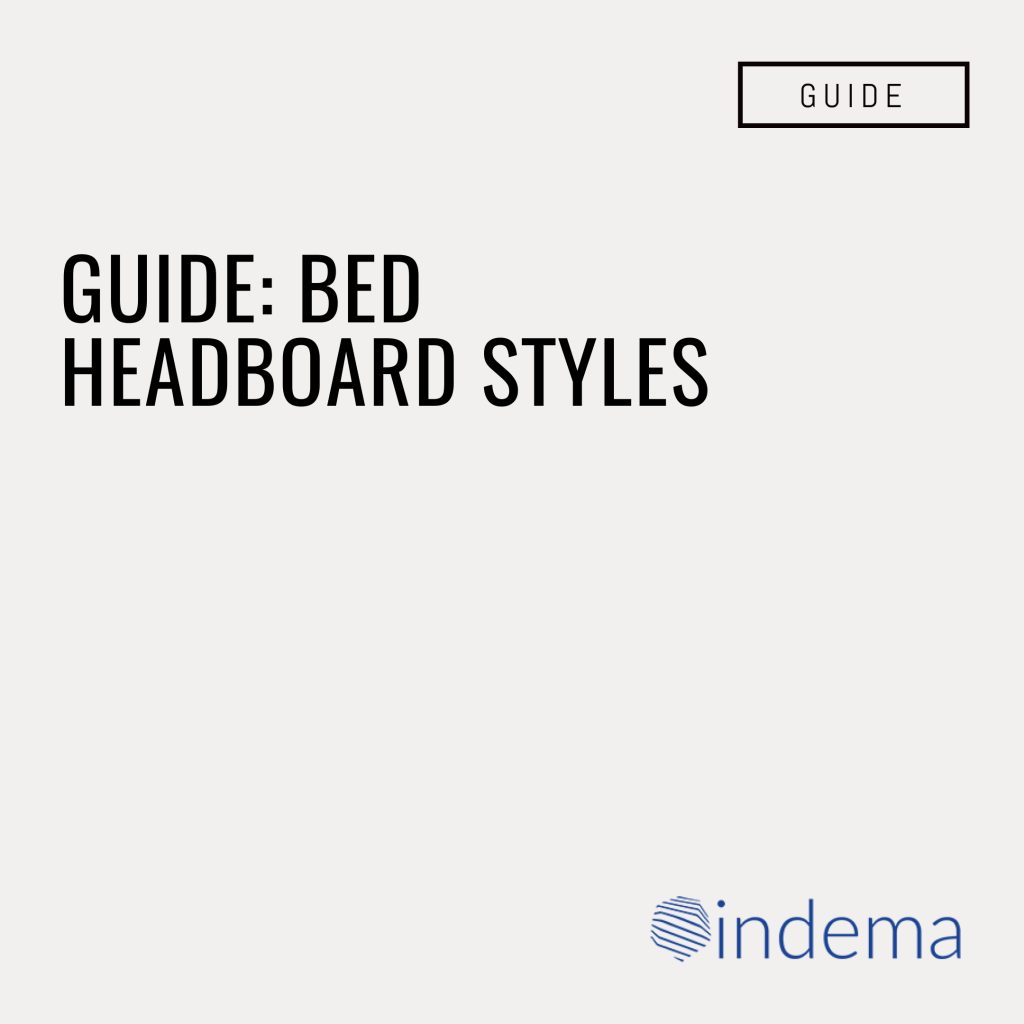In The Bedroom

As an interior designer, here are three tips for laying an area rug in your bedroom:
- Bed Placement: Ensure your bed is fully on the rug, creating a cozy and inviting atmosphere. This also helps to define the sleeping area within the room.
- Nightstands and Dresser: If possible, place your nightstands and dresser partially on the rug to connect the furniture and create a cohesive look.
- Texture and Color: Choose a rug that complements the overall mood and style of your bedroom. A soft, plush rug can add warmth and comfort, while a bold patterned rug can create a statement piece.

In The Living Room

As an interior designer, here are three tips for laying an area rug in your living room:
- Size Matters: Ensure your rug is large enough to anchor the seating arrangement. Ideally, the front legs of your furniture should be on the rug. This creates a cohesive and grounded look.
- Balance and Symmetry: Consider the overall balance of the room. A centered rug can create a symmetrical and formal atmosphere, while an off-center placement can add a touch of asymmetry and interest.
- Texture and Color: Choose a rug that complements the existing colors and textures in your living room. A bold patterned rug can be a focal point, while a neutral rug can provide a calming backdrop.


As an interior designer, here are three tips for laying an area rug in your dining room:
- Dining Table Placement: Ensure the entire dining table and chairs are on the rug when pulled out for dining. This creates a cohesive and inviting dining area.
- Rug Size: Choose a rug that’s large enough to extend beyond the chairs when pulled out. This prevents chairs from scraping the floor and adds a finished look.
- Texture and Color: Consider the overall style of your dining room. A bold patterned rug can add a touch of personality, while a neutral rug can create a calming backdrop.


